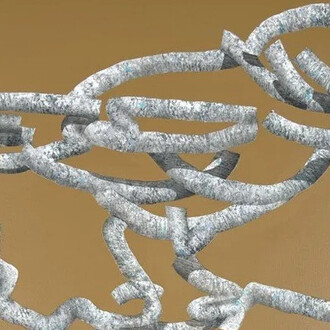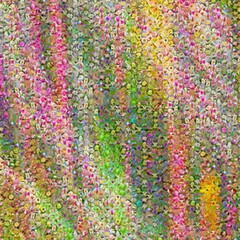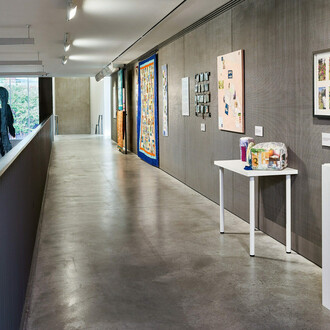Japanese artist Harumi Nakashima creates free-form ceramic sculptures that feature organic, yet psychedelic characteristics. Nakashima, mostly known for beautifully structured, odd geometric shapes embellished with iconic polka dots, works with a level of intricacy that demonstrates the artist’s attention to detail.
The sculptor often evokes the Sodeisha art movement, a 1940s reactionary effort against the dominion of Japan’s popular folk-craft styles (especially the traditional, functional aspects of Japanese pottery) and ceramics created for the purpose of tea ceremonies. Sodeisha, known for its modern take on traditional Japanese aesthetics, was disbanded in 1998. However, artists like Nakashima have thrived tremendously by incorporating Sodeisha references into their current pieces. A contemporary aesthetic and subtle, refined references to traditional Japanese pottery allow the works to be perceived aesthetically rather than functionally.
Aya Mori follows in the footsteps of her mentor and teacher Harumi Nakashima. She graduated from Aichi University in 2014 with her BA, where Nakashima teaches. Mori has since participated in several prestigious exhibitions in her very early career, including the Hagi Grand Prize Exhibition, Yamaguchi, Japan (2017) and the 10th International Ceramics Competition in Gifu, Japan (2014) where she received the Special Judges Award.
















